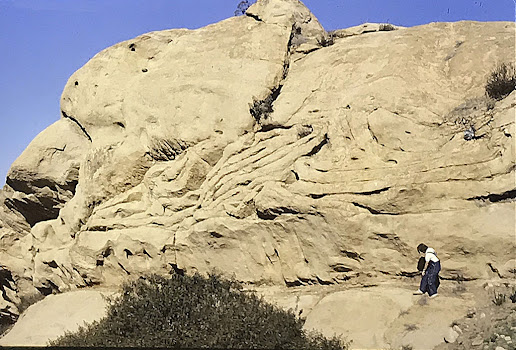These are not true diamonds, but they have their own beauty. Herkimer “Diamonds” are naturally double-terminated (also called “double point) quartz crystals that can have amazing clarity (truly crystal clear). Each crystal is a six-sided prism terminated at both ends by a rhombohedron: thereby making 18 crystal faces (facets). When the terminations are equally developed, the appearance is that of a hexagonal dipyramid.
Herkimer “Diamonds” are unlike diamonds in that the former are natural and do not require cutting and smoothing by humans. Herkimer “Diamonds” have a hardness of 7 on the Mohs Scale (note: all quartz has a hardness of 7); thus they are not as hard as true diamonds, which have a hardness of 10.
Herkimer “Diamonds” are found at and near Herkimer, Herkimer County, New York, about a 4.5- hour drive west from New York City. These crystals occur in the very fine-grained, gray-colored Little Falls Dolostone of Cambrian age (500 million years old). Dolostone is a combination of dolomite and limestone, and dolostone fizzes weakly in a 10% solution of hydrochloric acid.
The Herkimer “Diamond” crystals always occur in vugs (cavities, like those associated with geodes) within the dolostone, and the precipitation of these crystals probably took place during the Carboniferous age, about 300 million years ago. The Herkimer “Diamond” crystals need air space. Without the “air space,” they cannot form doubly terminated crystals. They do not adhere to the dolostone. They can adhere, however, to each other, but only at the end points of the crystals. Thus, they weather out of the outcrop as individual crystals. Their value depends on the their size and how clear (translucent) they are. Some of the crystals have inclusions (small fragments of impurities), which are most commonly pieces of black hydrocarbon material.
Shown below, is a tiny Herkimer “Diamond” quartz crystal (5.5 mm long and 2.5 mm wide) still inside a tiny vug in the Little Falls Dolostone.
Below, a larger Herkimer “Diamond” crystal (22 mm long and 9 mm wide) is shown. This crystal is not perfectly clear. It has some incipient milky quartz cloudiness, which comes from microscopic inclusions of fluids stemming from when the crystal grew. This specimen also has some black hydrocarbon inclusions.
If you are ever in the vicinity of Herkimer County, you might want to stop and do your own collecting (for a fee). It is not every day one finds doubly terminated quartz crystals that are so perfectly clear.








